Top 10 race cars that were banned
Race cars can get banned due to various reasons like safety concerns or for having unfair advantage over rivals.
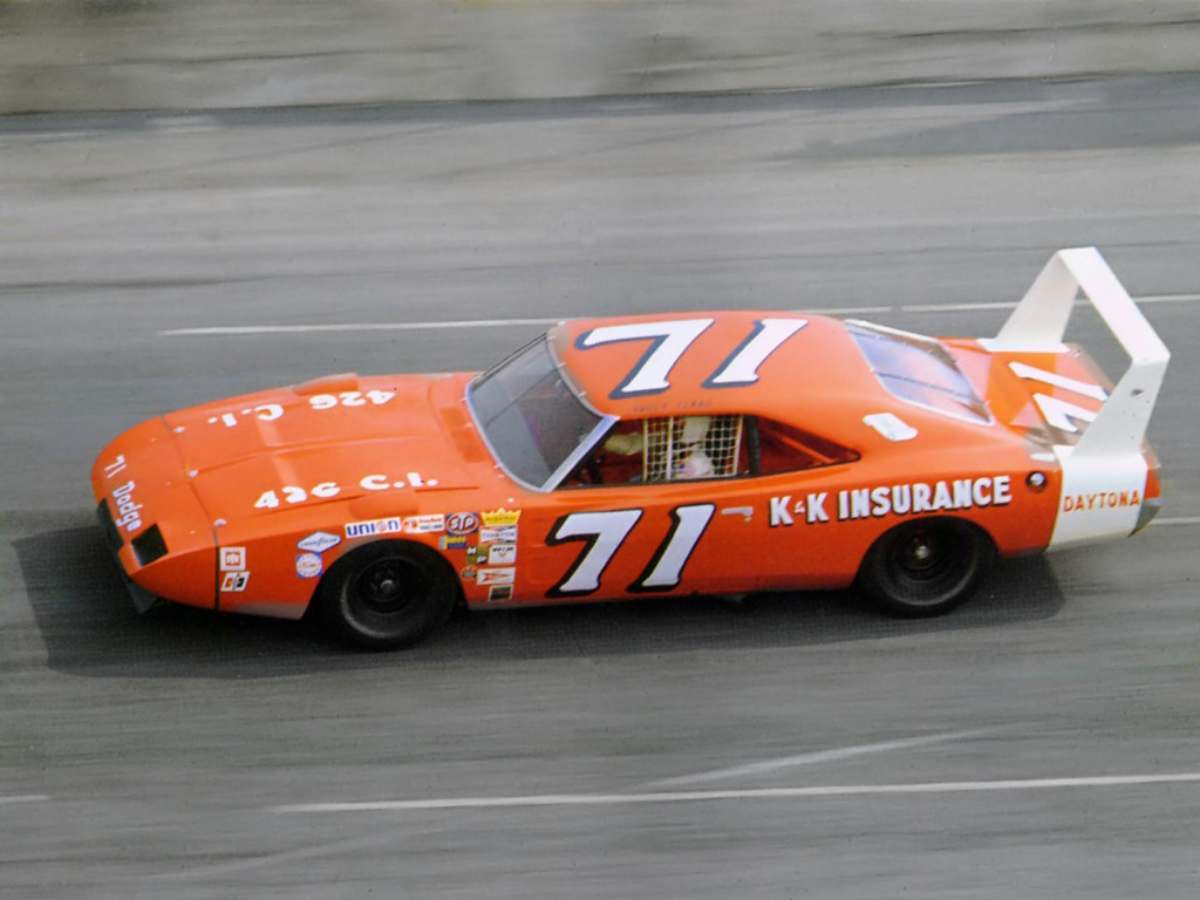
Dodge Daytona Charger (Image via Flickr)
🔍 Explore this post with:
In sports, it is always mandatory to follow the book as this levels the playing field. Unfortunately, not everyone follows the rules. There have been plenty of incidents where lines have been crossed. Cheating is one thing, and finding a loophole in the rules is another. There is a thin line between cheating and innovative way of breaking the rules. The latter does not get one banned.
There are plenty of rules in racing, whether it’s NASCAR, F1, IndyCar, MotorCross, WEC, or any other racing series, just like other sports. The whole point of racing is to see which cars go the fastest. The teams which have been innovative and open to trying new things have often emerged quicker than the others. However, there are guidelines they must follow. If innovations fall on the other side of the rules, they get banned.
There are many reasons behind banning race cars. It is not just about cheating. Race cars can get banned due to safety concerns or because they are way faster than the others. It can also be due to certain harmful features.
Related: Top 5 Richest NASCAR Team Owners
Here is a list of 10 race race cars banned for various reasons
10. Brabham BT46B

In 1977, the Brabham BT46B, well-known as the “fan car,” sported a fan at the rear of the engine bay. It not only cooled the engine but also produced a remarkable downforce. Niki Lauda, the man behind the wheels of the BT46B at the 1978 Swedish Grand Prix, emerged victorious.
According to the F1 rules, features that produced downforce had to be attached. However, the fan at the rear was not fixed, and it became an issue. Though the car was legal because of loopholes within the rules, its time in F1 ended as quickly as it started.
9. Sneaky Pete Robinson’s Jumping Jack Dragster
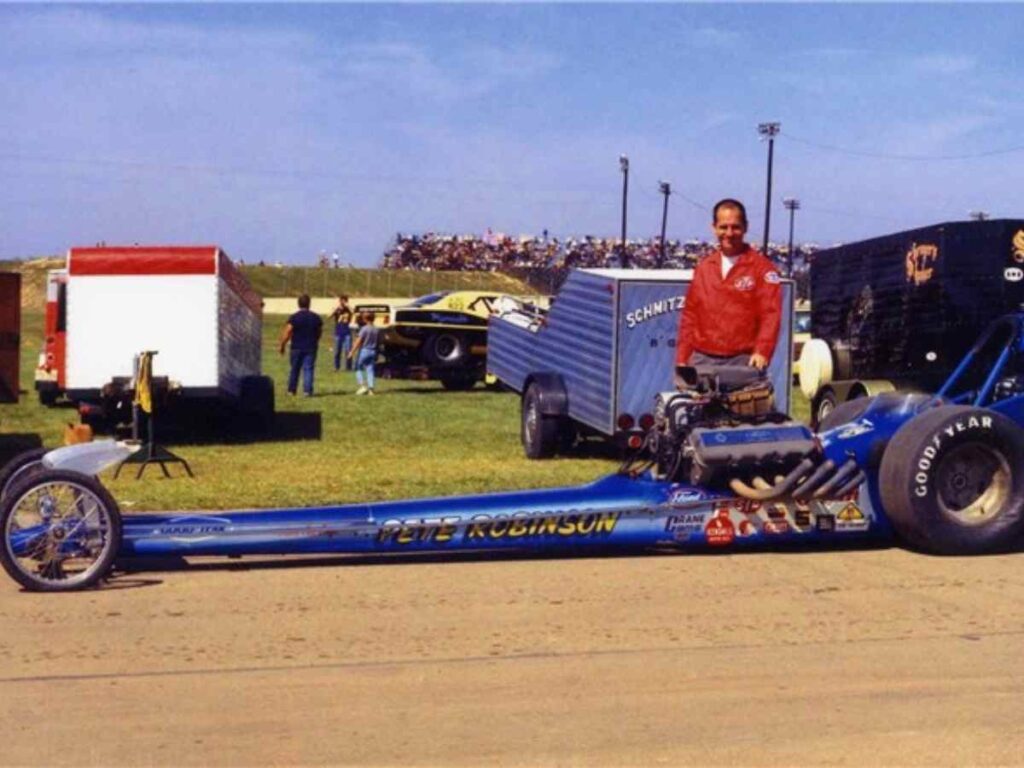
Pete Robinson was an American drag racer. This racing legend was known for reducing the weight of his cars as much as possible. In 1962, Sneaky Pete’s innovation was simple. He used a lever attached to the folding jack stands to increase the rear end of his vehicle to rev his engine before the drag race started.
Once the race began, he would drop the back end, and his tires would be ready. Meanwhile, the other drivers try to increase the engine rotation speed. The governing body of drag racing, the National Hot Rod Association (NHRA), banned Robinsons’ jumping jack dragster on the spot.
8. Group B Rally Cars
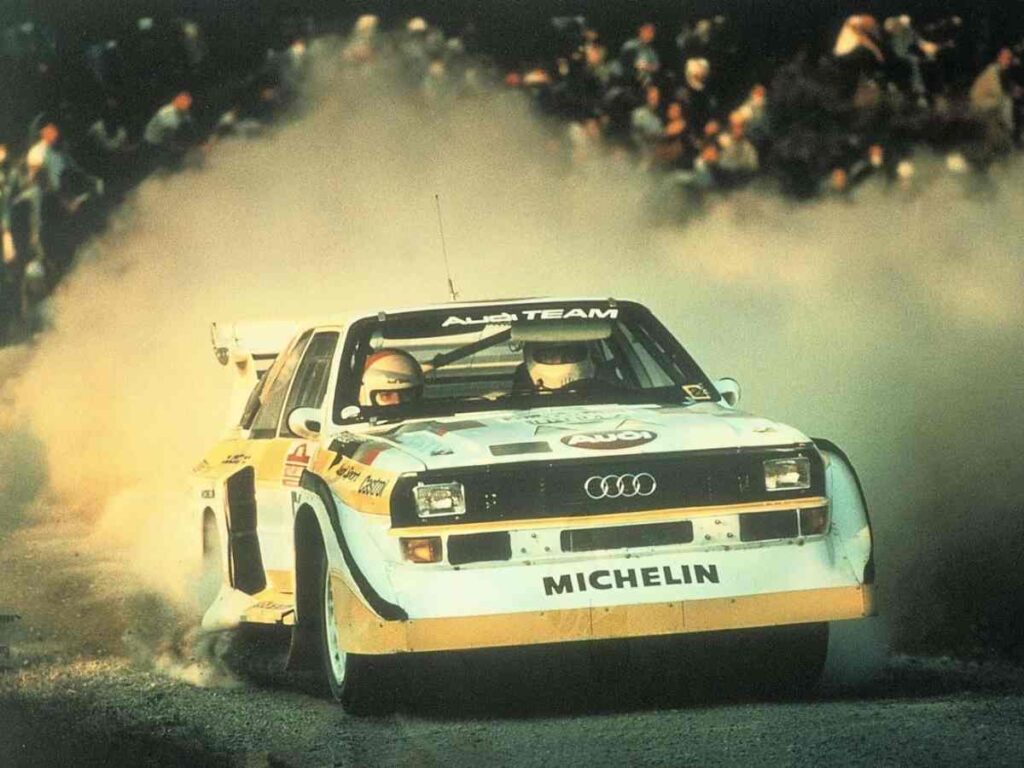
The Group B Rally cars were banned because of safety issues. These cars went over 160 kph. Though it might not sound too dangerous, it is important to remember that the races were held on dirt roads and public roads. Rally fans don’t sit in grandstands like other racing series. They instead stand along the line to watch the cars race.
The problem is that the Group B rally cars were involved in several crashes. It also killed drivers and spectators and proved to be extremely dangerous. The FIA found it concerning and banned the entire class of Group B cars.
7. WRC Toyota Celica GT-Four
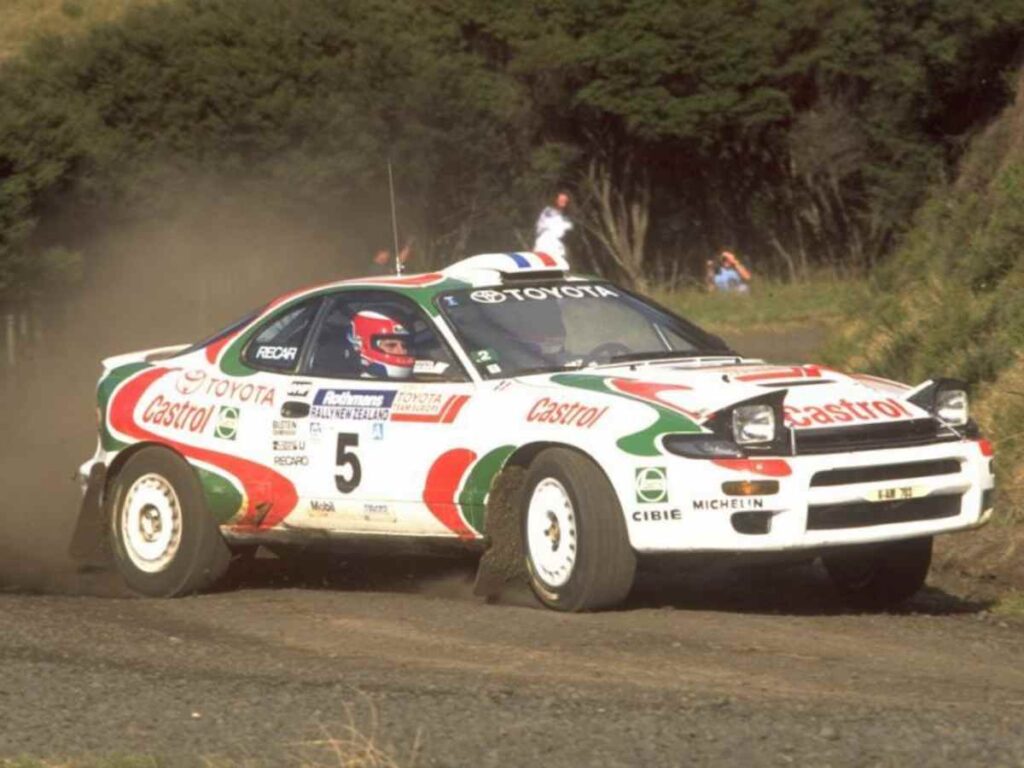
In 1998, Toyota began its journey racing the World Rally Championship Celica GT-Four. They won their first race the following year in Rally Australia. As days flew by, the rally cars got faster. This raised safety concerns for the drivers as well as the fans. In 1995, the governing body, the FIA, made it mandatory for cars to have restrictor plates in their turbochargers (it forces air into the engine and allows it to produce additional power).
These restrictor plates limited the speed and brought about safety. Toyota engineers found a way to include the restrictor plate in the turbocharger. However, as the car’s pace increased, the restrictor plate moved out of its position (turbocharger). This allowed the car to pick up more speed while following the rules. The FIA, however, found out about the ruse and banned the Toyota Celica GT-Four.
6. Hendrick Motorsports’ 1997 T-Rex
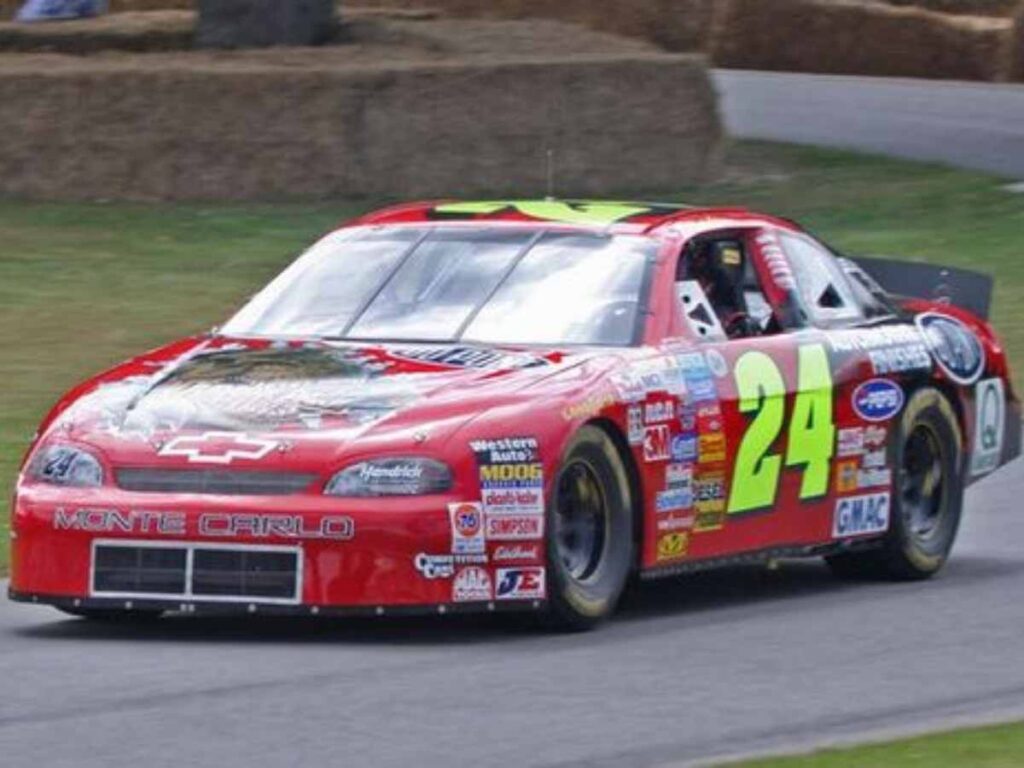
In 1997, Hendricks Motorsports came up with a plan they considered brilliant. Owner Rick Hendrick gathered the engineers to execute the plan they put forward for an experimental chassis. This car, driven by Jeff Gordon in the All-Star Race, dominated the others. Initially, it was not called T-Rex. It got its name by promoting the 1997 movie, The Lost World: Jurassic Park.
Gordon’s No:24 car sported the movie’s T-Rex poster. A former Corvette engineer, Rex Stump, designed the T-Rex to be as quick as possible. After the race, during the inspection, NASCAR officials told Hendrick Motorsports that they could not race the car again though it fell within the NASCAR rules. They felt the composition was too radical.
5. The Chaparral 2E
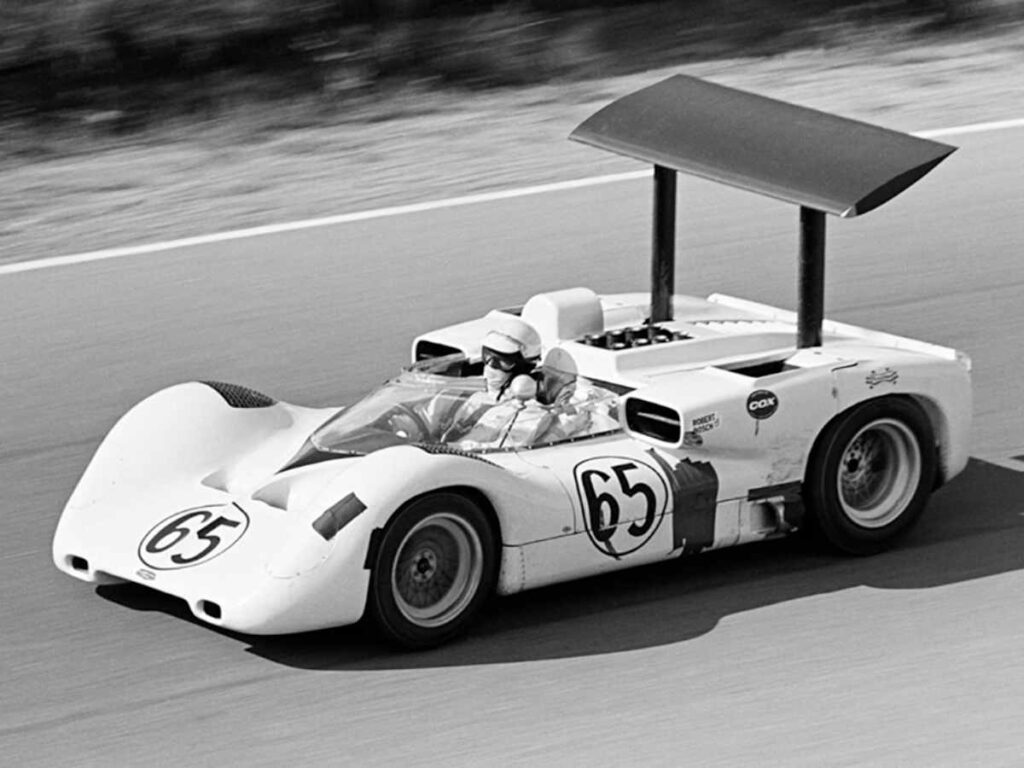
The Chaparral 2E got banned for messing with the downforce. Spoilers help with a car’s braking stability. They change the airflow in a vehicle to reduce the drag or use the air to create more downforce. It enables more grip at high speeds. The Chaparral 2E had a moveable spoiler to help drivers with plenty of downforce on straights and hold in the corners. Due to this, the Can-Am racing series banned the Chaparral 2E for illegal moveable aerodynamic parts.
4. Williams FW14B
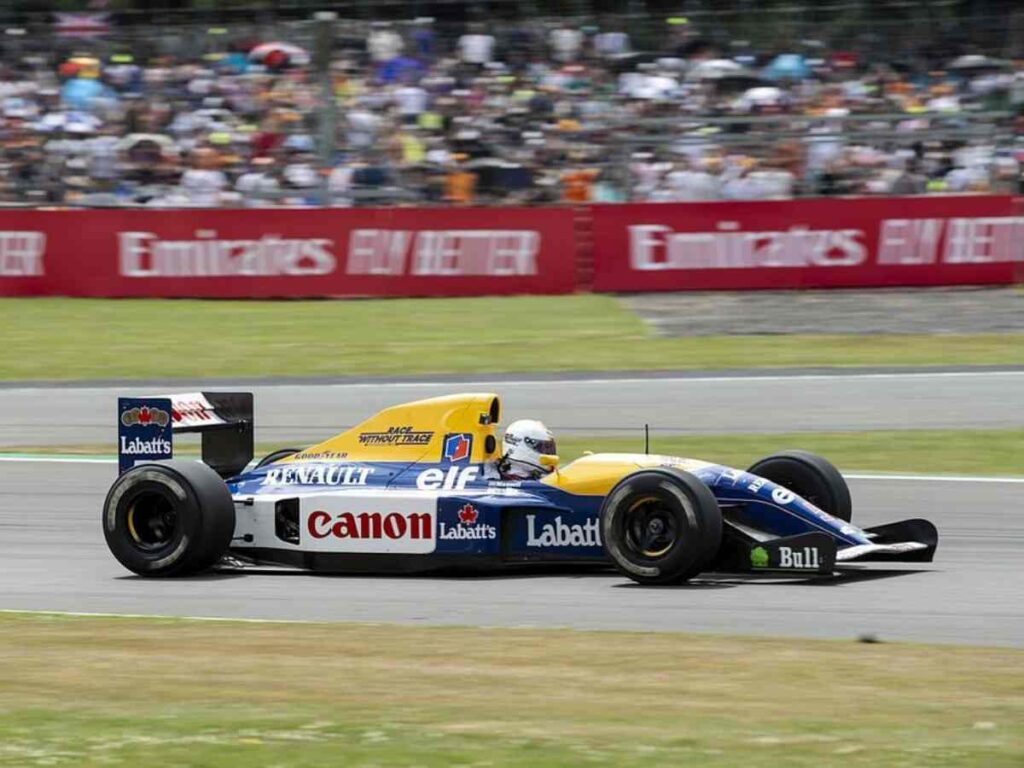
The Williams FW14B F1 car included an active suspension. It used a hydraulic system to modify the suspension depending on the separate loads of the tires. This gave the car an advantage by allowing it to hunch down for more grip in the corners and gave it more straight-line speed.
During the 1992 and 1993 F1 seasons, the Williams FW14B secured solid results. It had plenty of wins. The FIA then banned these active suspensions as all the teams could not afford them. They wanted to level the playing field.
3. Chaparral 2J
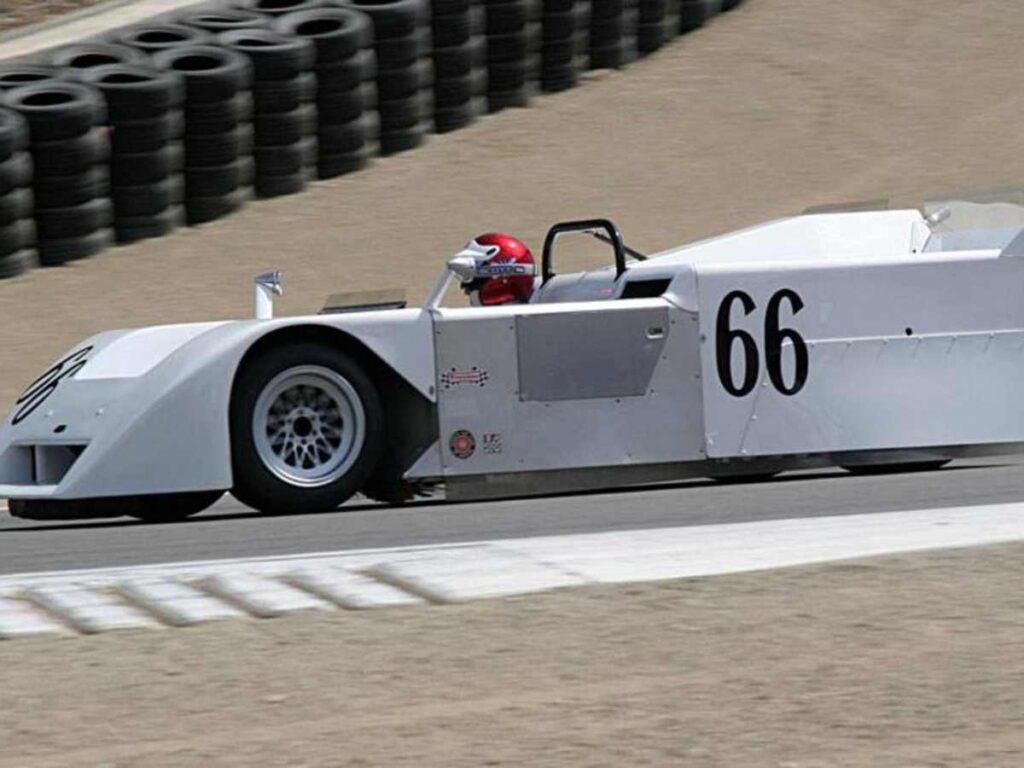
The Chaparral 2J was one of the weirdest race cars. It had two engines, a large Chevy V-8 and a smaller engine. The latter had two fans pulling out air from below. This increases downforce and helps the car move quicker. The Chaparral 2J ’s small engine acted as an additional spoiler.
Though the car had mechanical issues, rivals claimed the fans were illegal. They called it out for the movable aerodynamic devices and prevented it from achieving more success. The car raced in the 1970 season and secured plenty of wins but was soon banned.
2. Tyrrell 025
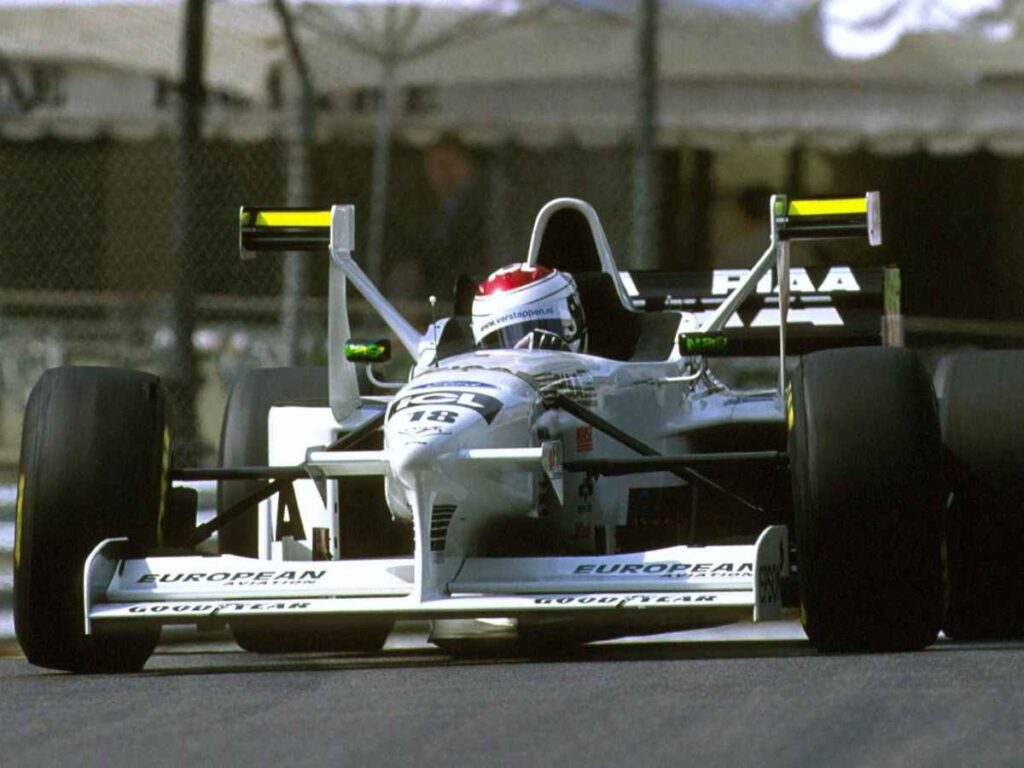
The Tyrrell 025 was an advanced F1 car. It sported a carbon fiber body, a V-8 engine, and double wishbone suspension to offer the driver a smooth driving experience. It had a below-average career as it secured only two points in the 1997 Monaco GP.
Now the question is that why is this car banned? Of course, it was about safety concerns. The team put X-wings on Tyrrell’s body close to the cockpit. The courses needed plenty of downforce due to the turns and curves. Other groups started doing the same, and the additional X-wings caused safety concerns. It was dangerous for the crew members, especially when the cars were in the pits. Hence, In 1998, the FIA banned X-wings.
1. Dodge Charger Daytona
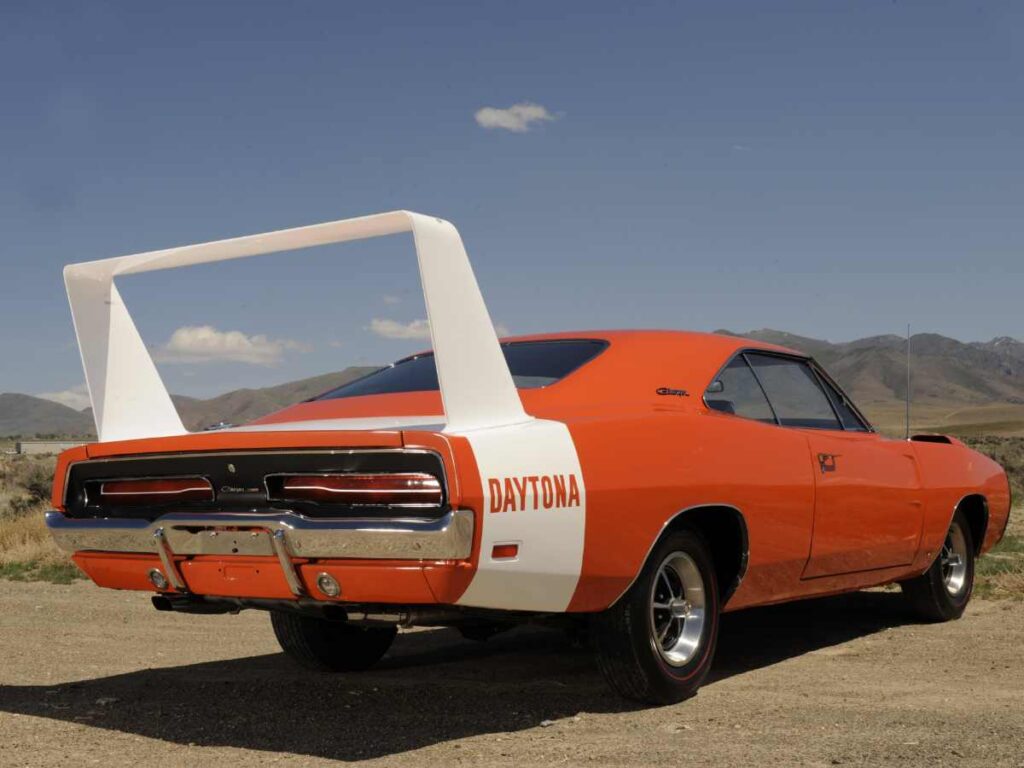
This is something every NASCAR fan would be interested in. The Dodge Charger Daytona was a famous race car designed to win. And it served its purpose. The car broke the 200 mph record in NASCAR and won plenty of races. Therefore, NASCAR banned it and its sister car, the Plymouth Road Runner Super Bird. It was too successful that NASCAR had no choice but to ban it.
FAQ’s
NASCAR banned the car to make the competition more fair.
The F1 car was banned due to using X-shaped rear wings, which was deemed unsafe.
The iconic Williams car was banned for using costly active suspensions.
Jeff Gordan’s car was banned since it was too radical in design despite following all the NASCAR rules.
The increased number of driver fatalities forced FIA to ban the Group B Rally Car division once and for all.
In case you missed it:







